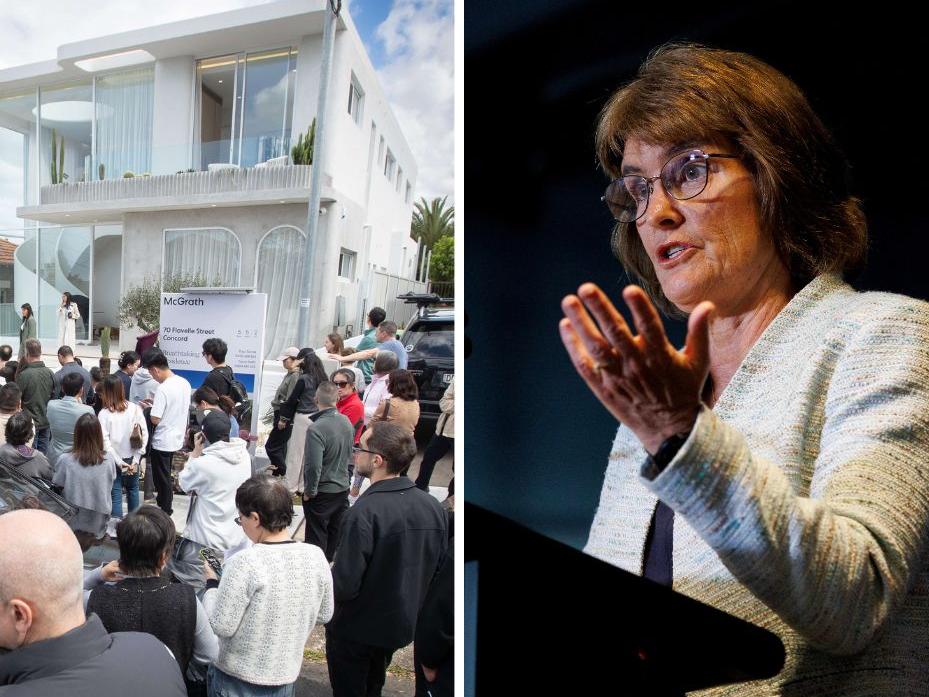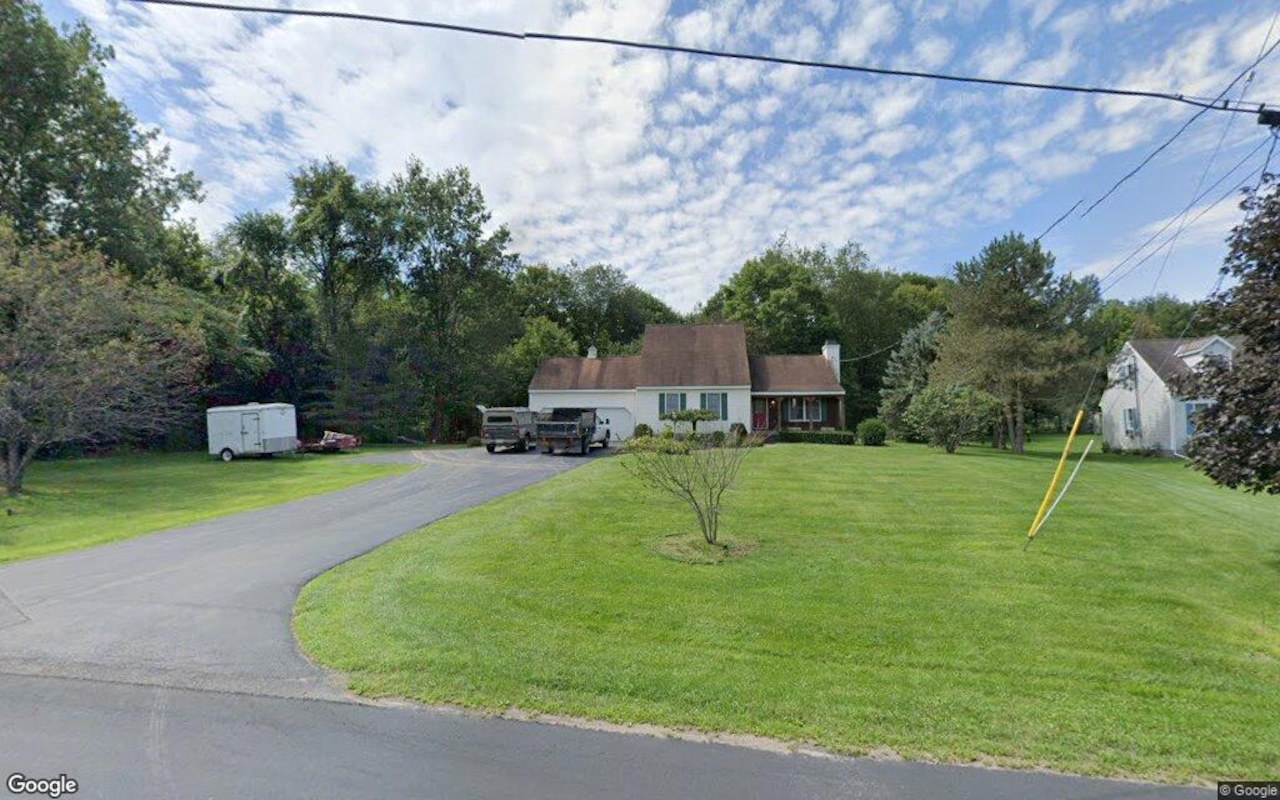N
ew data from T3 Sixty reveals a significant shift in the real estate industry, with consolidation and increased non-Realtor access driving changes. The top 10 MLSs now serve over a third of all users, while the number of non-Realtor subscribers grows.
A notable gap has emerged between Realtors and MLS users, reaching 25% this year, up from 13% in 2018. This is largely due to MLSs adopting more flexible access models, allowing non-Realtor agents to subscribe. According to T3 Sixty estimates, 57% of MLS users belong to open-access MLSs, expected to rise beyond 66% by the end of next year.
Bright MLS has taken the top spot with 101,000 members, surpassing California Regional MLS and Central Florida-based Stellar MLS. This shift aligns with national trends, where every region except the South Atlantic saw a drop in MLS subscribers. The South Atlantic region, covered by Bright MLS, experienced population growth and an increase of 0.4% in MLS subscribers.
The industry continues to consolidate, with 515 MLSs now operating in the US, an 8.8% decrease since 2020. The top 10 MLSs serve 34.5% of all users. On the association side, nearly one-fifth (19.1%) of Realtors are members of the 10 largest local associations.
"MLSs and Realtor associations continue to consolidate, while subscriber and member access models evolve toward greater flexibility, expanded participation, and more scalable operations," said Clint Skutchan, EVP for Organized Real Estate consulting at T3 Sixty.












